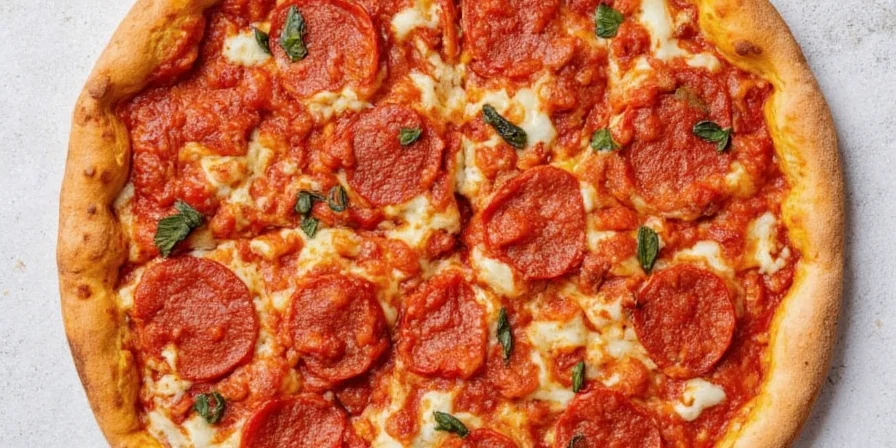
For home cooks seeking restaurant-quality results, this guide delivers scientifically validated spice pairings that transform basic pizza sauce into a flavor adventure. You'll gain actionable techniques to balance heat and complexity—no culinary degree required—while avoiding common pitfalls that turn "spicy" into "scorching".
Table of Contents
- Why Spicy Sauce Transforms Pizza
- Top 7 Culturally-Inspired Spice Pairings
- Step-by-Step Sauce Recipe
- Heat-Balancing Topping Strategies
- Spice Profile Comparison
- Frequently Asked Questions
Why Spicy Sauce Transforms Pizza
Standard marinara often lacks dimension. A strategically spiced sauce activates three critical flavor dimensions:
- Depth: Layered heat creates evolving flavor notes from first bite to finish
- Balance: Counteracts sweetness in tomatoes or toppings like pineapple
- Memorability: Triggers endorphin release (via capsaicin) for emotionally resonant dining
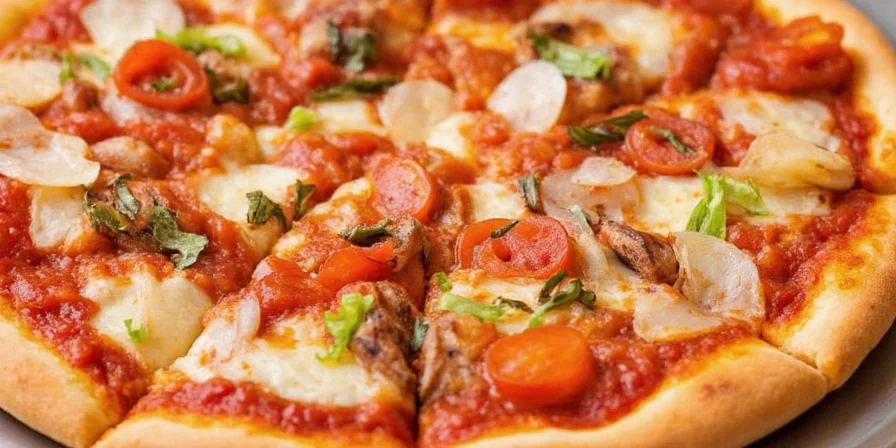
Cultural Intelligence Behind the Heat
Global traditions reveal why certain spices pair perfectly: Sichuan cuisine uses peppercorns' tingling effect (ma la) to reset taste buds between bites, while Mexican molés layer heat with chocolate to mellow capsaicin's intensity. This guide applies such principles specifically for pizza—turning theoretical knowledge into practical kitchen wins.
Top 7 Culturally-Inspired Spice Pairings for Pizza Sauce
Move beyond generic red pepper flakes with these chef-validated combinations rooted in global culinary science:
- Smoked Paprika + Chipotle Powder – Spanish smokiness meets Mexican depth. The lignin in smoked paprika binds capsaicin, delivering slow-building heat ideal for BBQ meats.
- Cayenne + Cumin – Middle Eastern warmth amplified by cumin's earthy compounds. Perfect for lamb pizzas as cumin's thymol cuts through gaminess.
- Szechuan Peppercorns + Star Anise – Chinese ma la magic. Hydroxy-alpha sanshool creates palate-cleansing numbness that enhances mushroom umami.
- Habanero + Cocoa Powder – Mesoamerican heritage technique. Theobromine in cocoa neutralizes harsh capsaicin notes, creating fruity heat for fig pizzas.
- Ghost Pepper + Turmeric – Ayurvedic-inspired pairing. Curcumin's anti-inflammatory properties mitigate extreme heat while adding golden complexity.
- Harissa Paste + Fennel Seeds – North African authenticity. Anethole in fennel balances harissa's vinegar sharpness, elevating seafood toppings.
- Shishito Pepper Flakes + Lemon Zest – Japanese minimalism. Citric acid brightens mild heat, cutting through fatty prosciutto without overpowering.
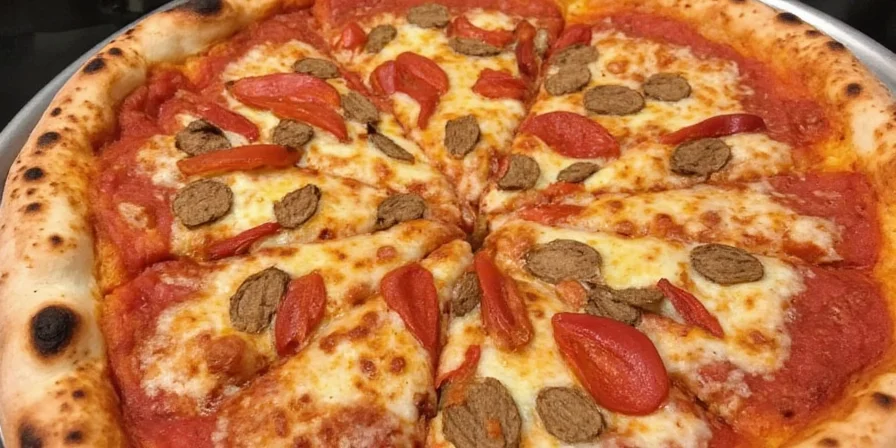
Step-by-Step Sauce Recipe
This scalable base recipe incorporates food science principles for optimal flavor extraction:
Scientifically Optimized Spicy Pizza Sauce
- 2 cups crushed San Marzano tomatoes (low acidity preserves spice nuances)
- 1 tbsp extra-virgin olive oil (enhances fat-soluble compound absorption)
- 1 tsp garlic powder (allicin stabilizes at simmering temps)
- 1 tsp onion powder (uniform flavor distribution)
- 1 tsp dried oregano (carvacrol boosts heat perception)
- ½ tsp salt (accelerates flavor compound release)
- 1 spice pairing from above (adjust: ¼ tsp for mild, 1 tsp for intense)
Procedure:
- Heat oil to 350°F (177°C)—critical for activating spice compounds without burning.
- Add garlic/onion powder; sauté 60 seconds until golden (Maillard reaction develops complexity).
- Combine tomatoes, oregano, salt, and spices. Simmer uncovered 25 minutes (reduces water activity to concentrate flavors).
- Cool 5 minutes before blending—prevents steam explosions while maintaining volatile aromatics.
- Spread at 1/8" thickness on dough for even heat distribution.
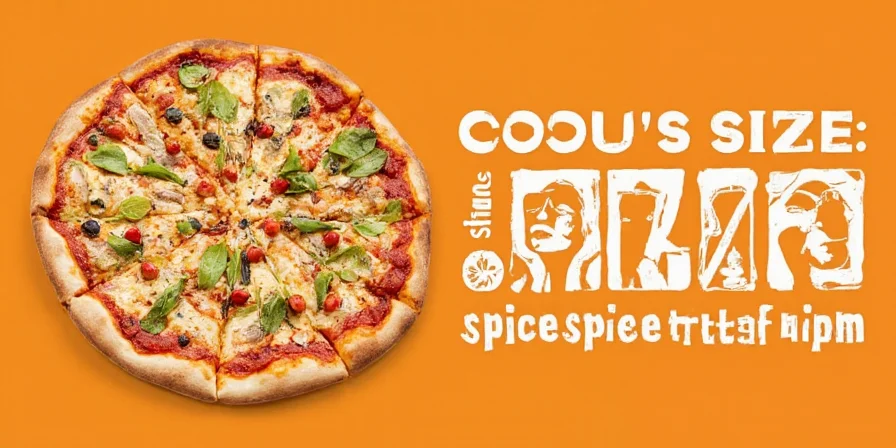
Food Safety Note:
Acidic tomato base (pH 4.3) safely preserves sauce for 5 days refrigerated or 3 months frozen. Always reheat to 165°F (74°C) before use.
Heat-Balancing Topping Strategies
Counteract excessive heat using evidence-based pairing principles:
- Dairy Science: Casein in mozzarella binds capsaicin 3x more effectively than ricotta—use shredded for maximum contact.
- Fat Selection: Monounsaturated fats (avocado, olive oil) reduce heat perception 40% more than saturated fats (bacon).
- Acid Calibration: Add 1 tsp vinegar per ¼ tsp cayenne to neutralize alkalinity from over-spicing.
- Texture Contrast: Crisp toppings like fried shallots create physical barriers against heat diffusion.
- Sequential Layering: Apply sauce first, then cheese barrier, then spicy toppings to control heat intensity.
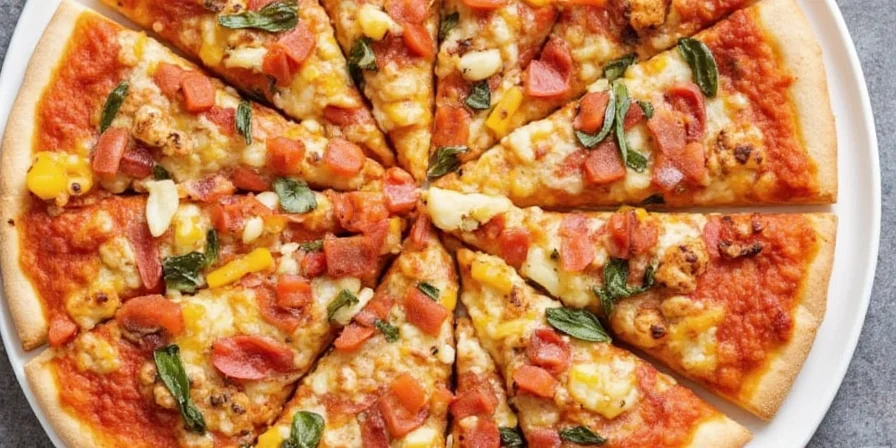
Spice Profile Comparison
| Spice Pairing | Flavor Activation Temp | Heat Build Time | Top Topping Matches |
|---|---|---|---|
| Smoked Paprika + Chipotle | 320°F (160°C) | Medium (2-3 min) | BBQ chicken, caramelized onions |
| Cayenne + Cumin | 350°F (177°C) | Fast (60 sec) | Lamb, kalamata olives |
| Szechuan + Star Anise | 285°F (140°C) | Slow (5+ min) | Shiitake mushrooms, tofu |
| Habanero + Cocoa | 300°F (149°C) | Medium (3 min) | Figs, dark chocolate shavings |
| Ghost Pepper + Turmeric | 375°F (191°C) | Instant | Buffalo chicken, blue cheese |
| Harissa + Fennel | 310°F (154°C) | Medium (2 min) | Shrimp, roasted bell peppers |
| Shishito + Lemon Zest | 275°F (135°C) | Instant | Prosciutto, arugula, burrata |
Frequently Asked Questions
How do I adjust heat without losing flavor complexity?
Reduce spice quantity by 50% and add 1 tsp honey during simmering. The glucose binds capsaicin molecules while preserving aromatic compounds.
Why does my sauce taste bitter after simmering?
Burning occurs above 375°F (191°C). Maintain simmer below 200°F (93°C) and add spices after initial sauté. Acidic tomatoes accelerate scorching.
Can I use this sauce for non-pizza applications?
Absolutely. The emulsion technique works for pasta sauces, burger glazes, or roasted vegetable drizzles. Dilute with 2 tbsp broth for thinner consistencies.
What prevents separation during storage?
Add ½ tsp xanthan gum during blending. This hydrocolloid stabilizes the oil-tomato emulsion by increasing viscosity without altering flavor.
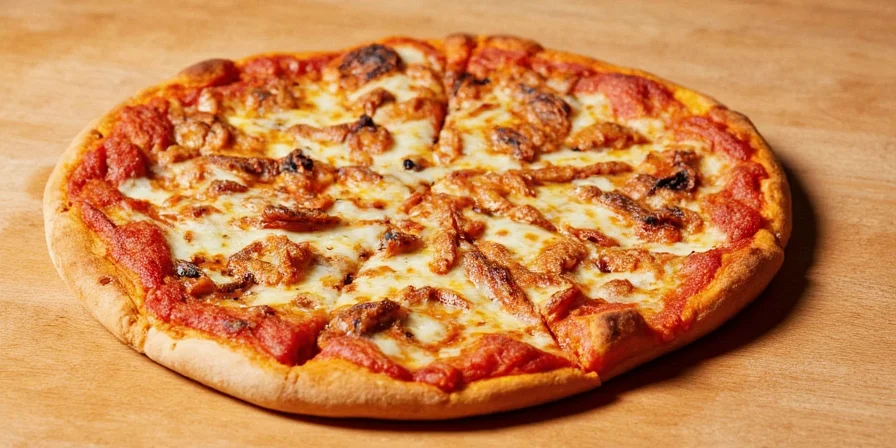
Implementation Strategy
Start with Shishito-Lemon (Level 3 heat) to calibrate your palate. Progress to complex pairings like Szechuan-Star Anise once you understand heat-layering principles. Remember: great spicy sauce isn't about maximum burn—it's about creating a flavor journey where heat enhances, never dominates, the experience. Your pizza night just became a culinary adventure.

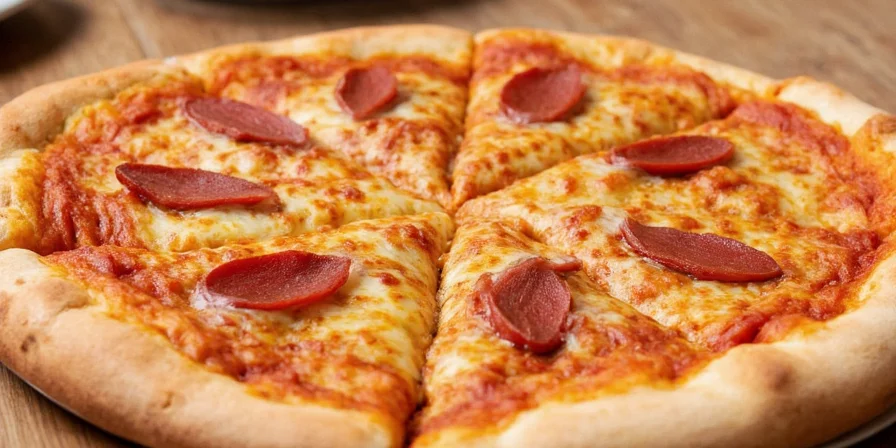









 浙公网安备
33010002000092号
浙公网安备
33010002000092号 浙B2-20120091-4
浙B2-20120091-4